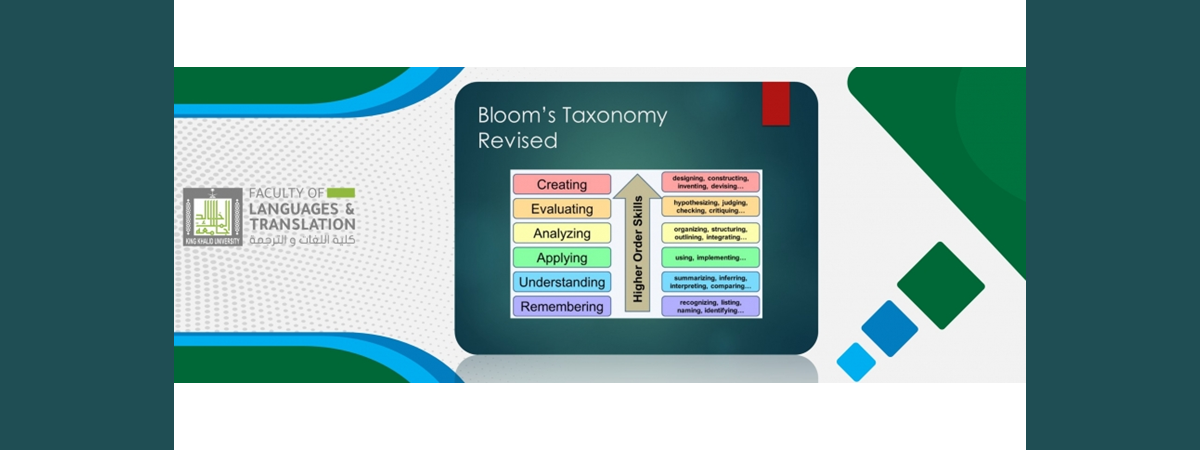On March 21, 2021, nearly 500 eager attendees joined Dr. Sheila Simpkins for an informative webinar that delved into the intricacies of modern teaching methodologies. The online training, hosted in conjunction with the Ministry of Education Directorate in the Asir region and Rijal Alma, focused on a progressive approach to course design known as the "Backwards Model."
💡 Modern Teaching Methodologies Webinar
Presenter: Dr. Sheila Simpkins | Date: March 21, 2021
Focus: "Backwards Model" of Course Design | ~500 Attendees
In conjunction with Ministry of Education (Asir & Rijal Alma).
The webinar started on a thought-provoking note as Dr. Simpkins posed a question to her audience: "What is your role in the classroom?" According to her, the answer shapes the foundation of any successful course design.
Dr. Simpkins, a fervent advocate for reshaping conventional pedagogical methods, stressed the importance of educators transitioning from a direct transmission style to a constructivist approach, echoing the best practices proposed in contemporary educational research. Within this construct, she presented Bloom's taxonomy as a crucial tool that could assist instructors in crafting objectives for lessons, units, courses, and programs. In her view, this methodology harmonizes perfectly with a constructivist teaching-learning environment, one where teachers take on the role of facilitators and students actively participate in their own education.
🌱 Shifting to Constructivist Pedagogy
Transition Needed: From direct transmission to a constructivist approach.
Key Tool: Bloom's taxonomy for crafting objectives (lessons, units, courses, programs).
Teachers as facilitators, students as active participants in their education.
Further highlighting the importance of fostering higher-order thinking skills, Dr. Simpkins encouraged teachers to set learning objectives that spur students towards analyzing, evaluating, and creating.
🎯 Focus: Foster higher-order thinking (Analyzing, Evaluating, Creating).
Dr. Simpkins then delved into the principles of the "backwards model" of course design, which advocates for a results-oriented approach. She proposed three essential questions that teachers should contemplate:
- 1.What is the intended outcome for my students by the end of this sequence of work?
- 2.How will I measure their progress and achievements?
- 3.What are the most effective strategies to support students on this journey?
All aspects of course design, she emphasized, should resonate with a constructivist teaching-learning approach. With that in mind, Dr. Simpkins offered several key recommendations:
- ✓Course learning objectives: student-centric, tangible, observable/measurable (Bloom's).
- ✓Assessments & assignments: align with objectives, authentic (role plays, presentations, portfolios, journals), use rubrics, minimize paper-based tests.
- ✓Teaching strategies: align with assessment ("how you assess is how you teach").
- ✓Content & materials: complement topics and aid learning objectives.
- ✓Course schedule & sequencing: ensure practice, progressive skill building, time for feedback.
🔑 Key Recommendations for Constructivist Course Design
Focus on student-centric objectives, authentic assessments, aligned teaching strategies, purposeful content, and a well-structured schedule for optimal learning.
Dr. Simpkins concluded her webinar asserting that this approach significantly enhances the educational process, making it more student-centric, engaging, and effective.
🌟
Enhanced Educational Process
More Student-Centric, Engaging, and Effective.

